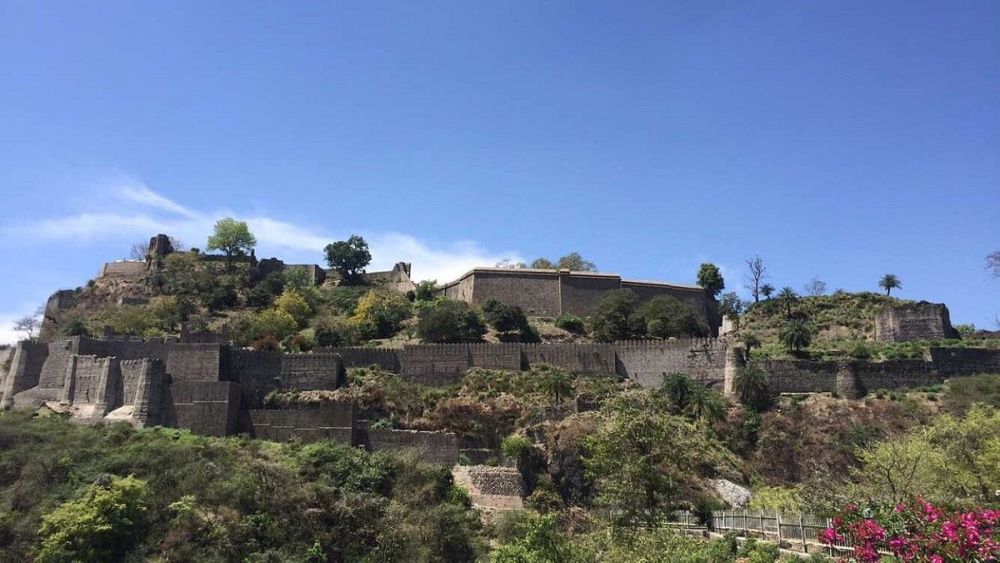

Perched atop a hill in the Kangra Valley, the Kangra Fort has stood as a silent witness to numerous invasions, wars, and historical events. Its stone walls and majestic ruins not only speak of an architectural grandeur but also narrate stories of India's rich and tumultuous past. Dharamshala, being located in the close vicinity to the fort, has gained prominence in Himachal Pradesh for its scenic beauty, spiritual significance, and as a tranquil retreat for tourists from around the world.
The roots of tourism at Kangra Fort can be traced back to the era when it was recognized as one of the most invincible forts in the Himalayas. As early as the 4th century BC, the fort has been mentioned in ancient texts and had attracted the attention of several historical figures, including Alexander the Great and Muhammad of Ghor. With the British colonial rule in the 19th and 20th centuries, Kangra and Dharamshala began to appear on the tourism map, primarily for British officials seeking a respite from the Indian summers.
Post-independence, the Government of India focused on developing infrastructure and promoting heritage sites to boost tourism. The Archaeological Survey of India has since taken measures to preserve and maintain the Kangra Fort, which in turn, has steadily increased tourist footfall. Educational trips, historical tours, and heritage enthusiasts have made Kangra Fort an essential inclusion in their itineraries when visiting Himachal Pradesh.
In recent years, there has been a significant shift towards sustainable tourism in Dharamshala and the surrounding areas including Kangra Fort. Tourists are increasingly looking for experiences that are environmentally friendly and culturally respectful. Organic cafes, eco-friendly accommodations, and local community-based tours are gaining popularity, in line with the global trend of responsible travel.
Additionally, adventure tourism is on the rise with trekkers and outdoor enthusiasts exploring the trails and natural landscapes around the valley. Paragliding, mountain biking, and rock climbing are some of the activities attracting tourists who are looking for an adrenaline rush along with cultural immersion.
Dharamshala is also recognized as the home-in-exile of the Dalai Lama, which has made it a hub for those seeking spiritual enlightenment and an understanding of Tibetan culture. This has promoted a trend towards spiritual tourism with visitors participating in meditation retreats, attending Buddhist teachings, and engaging with the local Tibetan community.
The Kangra Art Museum, located in Dharamshala, offers tourists insights into the history, culture, and art of the region, and contributes to cultural tourism. Craftsmanship and textile tours also provide a glimpse into the rich art forms prevalent in Himachal Pradesh.
With technological advancements and the digital age, virtual reality tours and online experiences of historical sites like Kangra Fort have made it accessible to a broader audience. However, the true essence and adventure lie in walking through its timeless corridors, touching the weathered stones, and experiencing the grandeur and history in person.
Whether for its historical significance or the serene beauty of Dharamshala, tourism in this part of Himachal Pradesh has grown to be multi-faceted, catering to the desires of history buffs, adventure seekers, and spiritual wanderers alike. Kangra Fort stands not just as a monument but as a testimonial to the evolving patterns of travel and human curiosity.